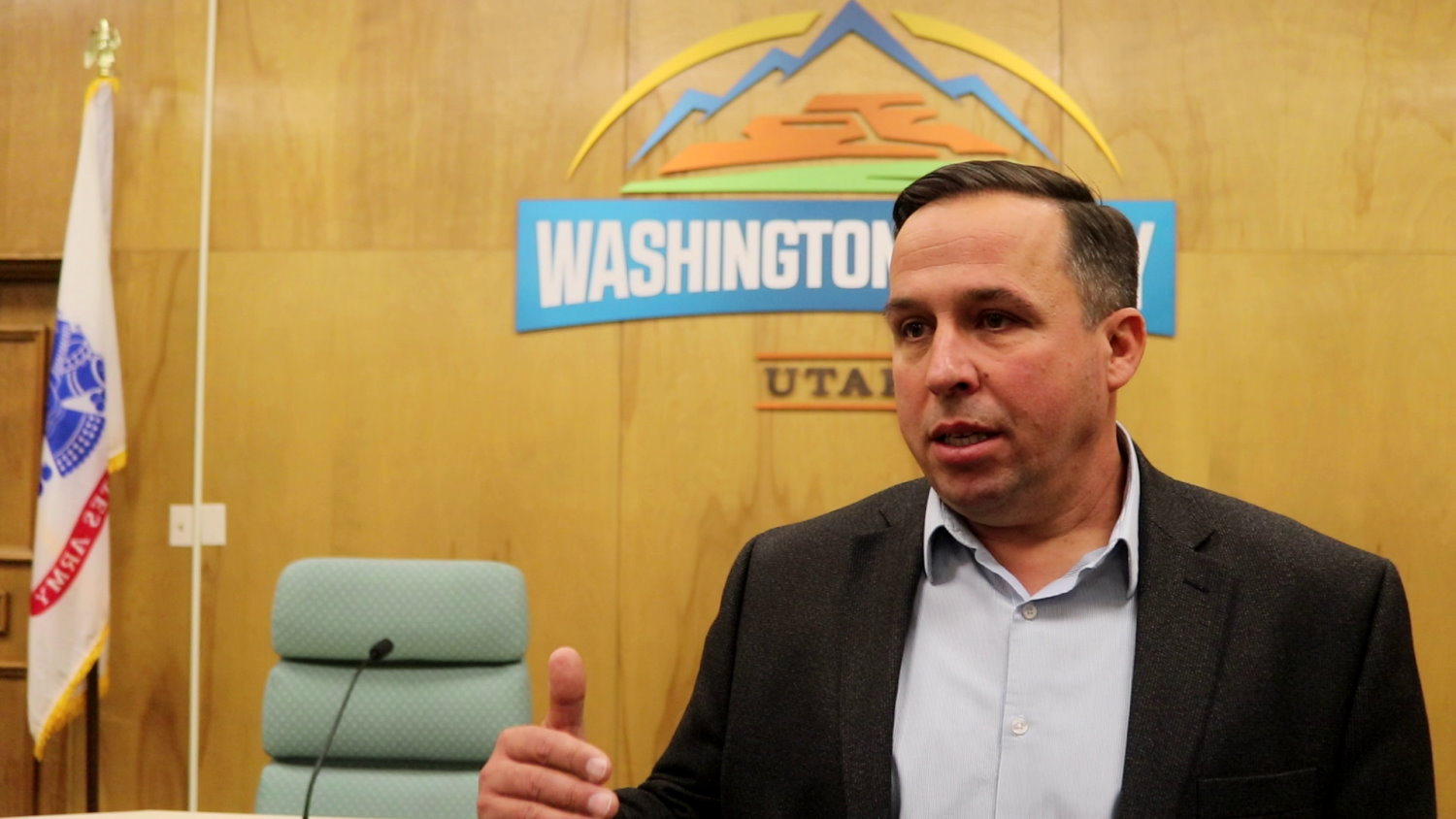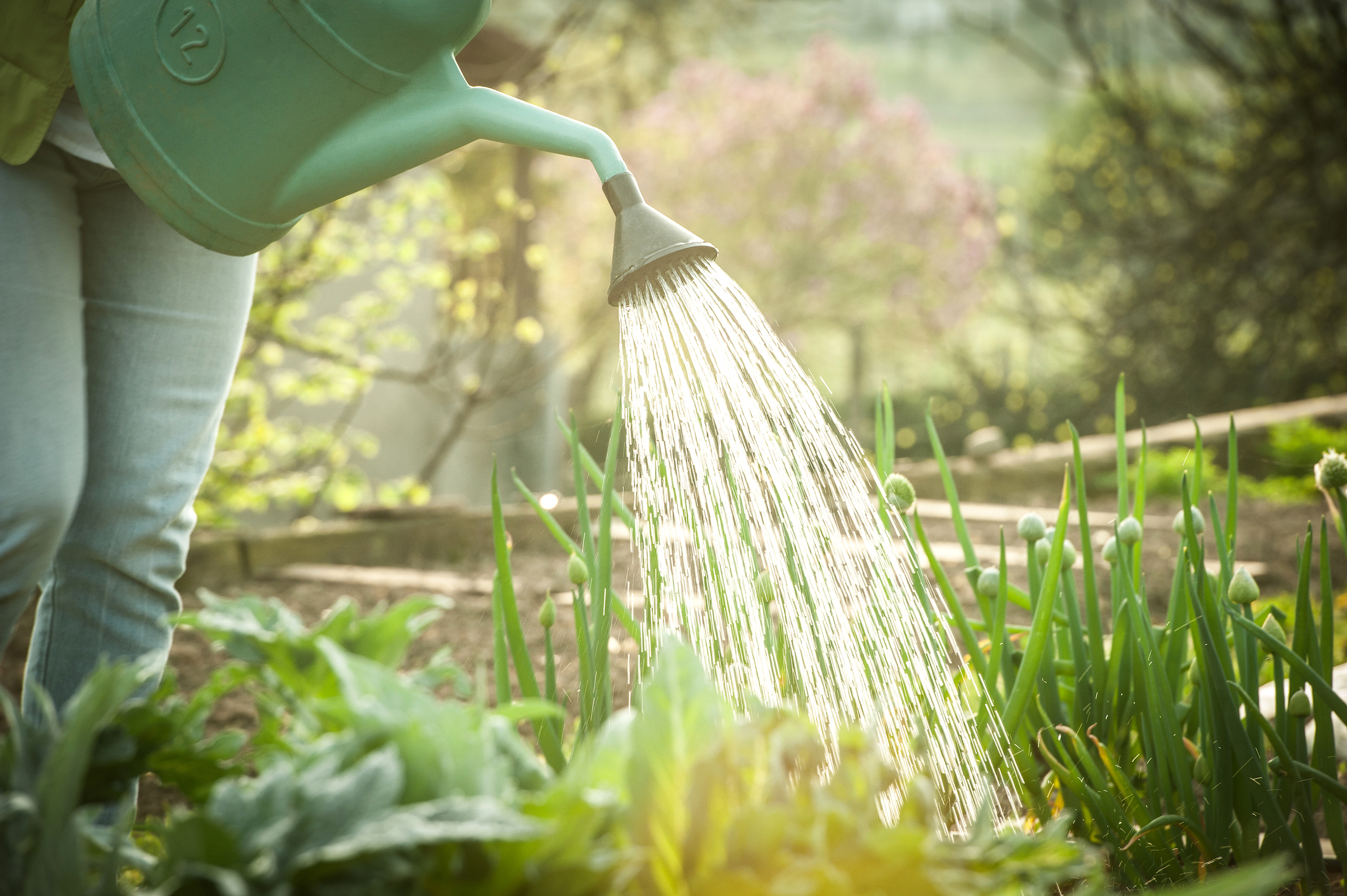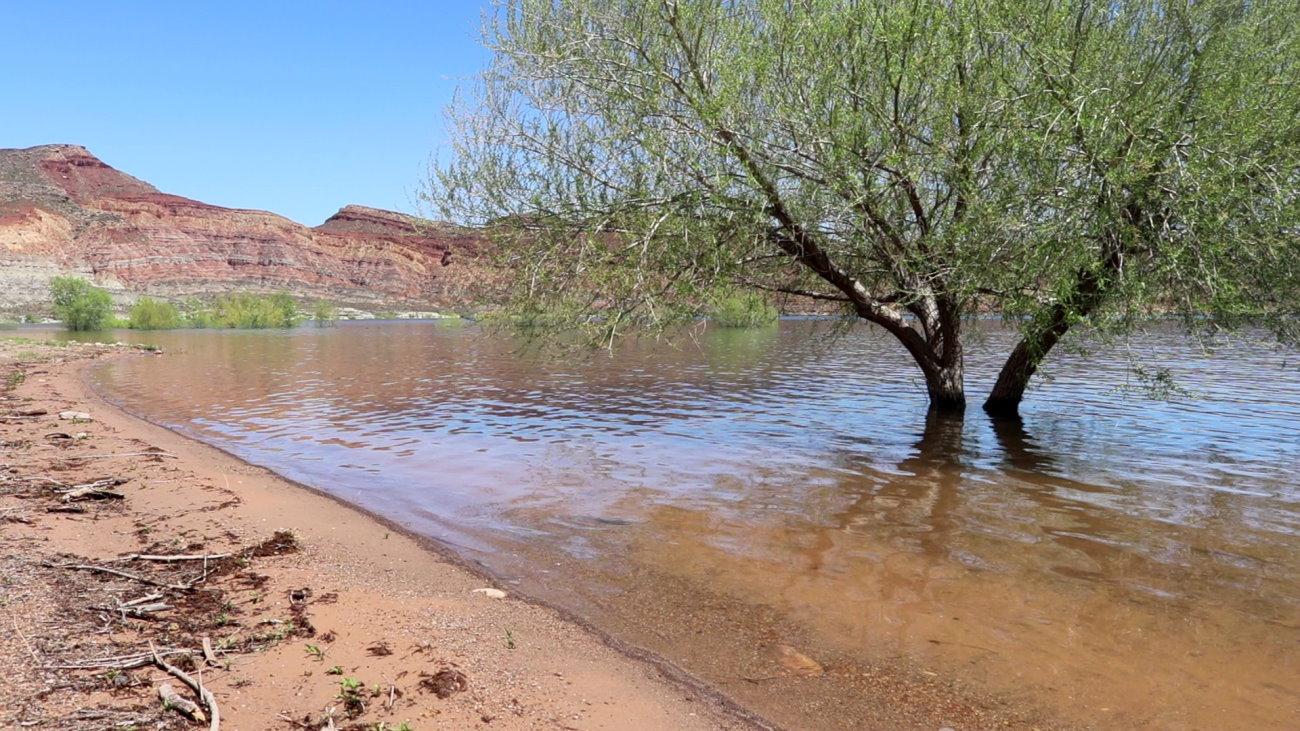ST. GEORGE — Washington County officials are asking both residents and municipalities to reduce their outdoor water use as they adopt time-of-day watering restrictions.

“We are in a very serious drought,” Washington County Commissioner Victor Iverson said last Tuesday during a commission meeting. “Either way, we live in a desert and our water supply is something we need to guard and take care of.”
Iverson spoke about reducing water use as the commission prepared to pass a countywide ordinance restricting outdoor watering to be permitted only between 8 p.m. and 10 a.m. The ordinance only applies to the unincorporated parts of the county. For the municipalities, county elected officials and water managers are pushing them to pass the same. (See Ed. note)
“We are encouraging all of our cities to pass time-of-day ordinances encouraging the citizens to water between 8 p.m. and 10 a.m.,” Iverson said. “When water isn’t evaporating, it can be more effective.”
The commission is also urging municipalities to encourage their residents to observe the water restrictions so that it “sinks in,” he said.
To help people become more aware of the watering restrictions – which some cities have either already passed for are planning to pass – the Washington County Water Conservancy District is engaged in an outreach campaign that water managers “hope will result in greater public awareness and compliance to the time-of-day restrictions,” Karry Rathje, of the Washington County Water Conservancy District, wrote Friday in an email to St. George News.

as3d/iStock/Getty Images Plus, St. George News
County and municipal officials have long favored the idea of educating the public in order to achieve compliance rather than through punitive means like citations or fines.
“A lot of people are doing what they can to follow (the restrictions),” Commissioner Gil Almquist said.
No one wants to become “the water cops,” Iverson said following Tuesday’s meeting. However, while outreach and education are the preferred method of gaining compliance, Iverson said it remains to be seen what could happen if the drought worsens.
“We have asked our municipal partners to be more diligent about passing and enforcing water conservation initiatives, including the time of day watering ordinance,” Rathje said in the email. “These simple practices can reduce significant water use and it’s in our collective best interest to irrigate as efficiently as possible. The role of passing and enforcing municipal ordinances falls to the cities and we respect their jurisdiction.”
Among additional suggestions made to conserve water is for people to take shorter showers and to make sure their appliances and toilets are water efficient.
“Really, be careful and be good steward and good citizens of this really precious resource,” Iverson said.

Similar to other desert communities, approximately 50% of the potable water used in Washington County goes toward irrigation and outdoor watering, according to the water district.
Almquist said that people who consider shutting off the water to their lawns may want to reconsider if those lawns include trees. Without water, the trees will die along with the grass, so an alternative way of watering them may be necessary, he said.
There have been calls to drastically reduce the presence of lawns and trees in the area due to their need for water, Iverson said, adding he felt that wasn’t good idea due to the potential creation of “heat islands” within urban areas.
According to the Environmental Protection Agency, “heat islands are urbanized areas that experience higher temperatures than outlying areas. Structures such as buildings, roads, and other infrastructure absorb and re-emit the sun’s heat more than natural landscapes such as forests and water bodies. Urban areas, where these structures are highly concentrated and greenery is limited, become ‘islands’ of higher temperatures relative to outlying areas.”
The increased heat in these areas can cause various issues, such as increased energy demands due to increasing air conditioner use, as well as cause health impacts due to someone’s potential exposure to heat-related illnesses.
Iverson also said people will comment on seeing golf courses, cemeteries, schools and other such facilities still being watered during the day despite the newly adopted ordinance. This is because this water is a part of the area’s “secondary water system” that lacks storage capacity and needs to be used when it is available, or risk losing it, he said.
Water conservation tips and programs can be found at Utah’s SlowTheFlow website, the Washington County Water Conservancy District and Utah Water Savers.
Ed. note: An earlier version of this article incorrectly identified the hours of watering restrictions.
Copyright St. George News, SaintGeorgeUtah.com LLC, 2021, all rights reserved.